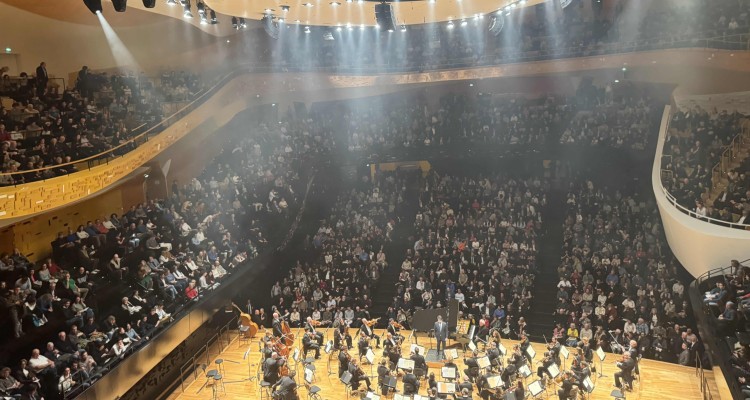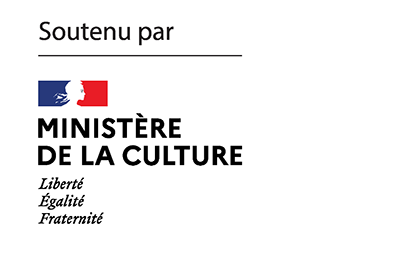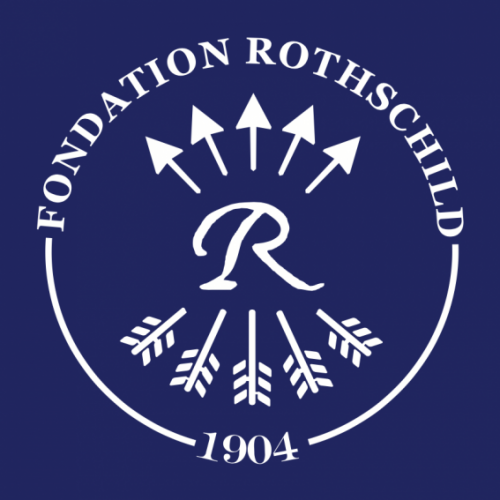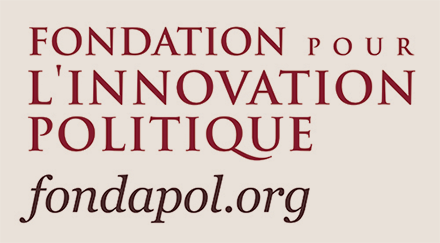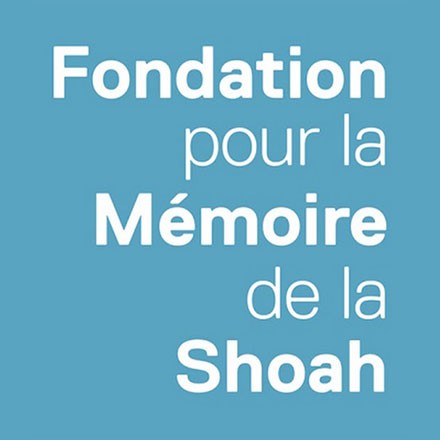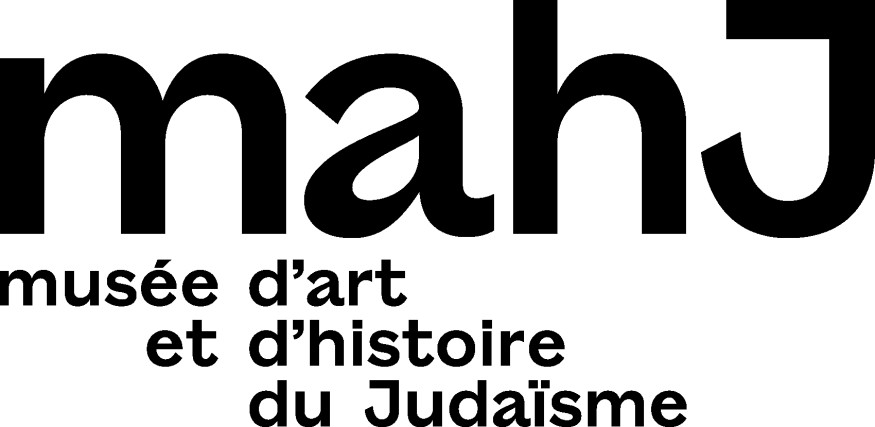The release in French cinemas of Le Procès Goldman [The Goldman Case] raised questions for the editors of K. What mark has the activist left on French Jewish consciousness, particularly on the left? And what impact did he leave on the left after his assassination? It seemed obvious to us to turn to the philosopher Gérard Bensussan, who after seeing Cédric Kahn’s film entrusted us with this text in which he breaks down the figure of Pierre Goldman, caught up in his Jewish condition.
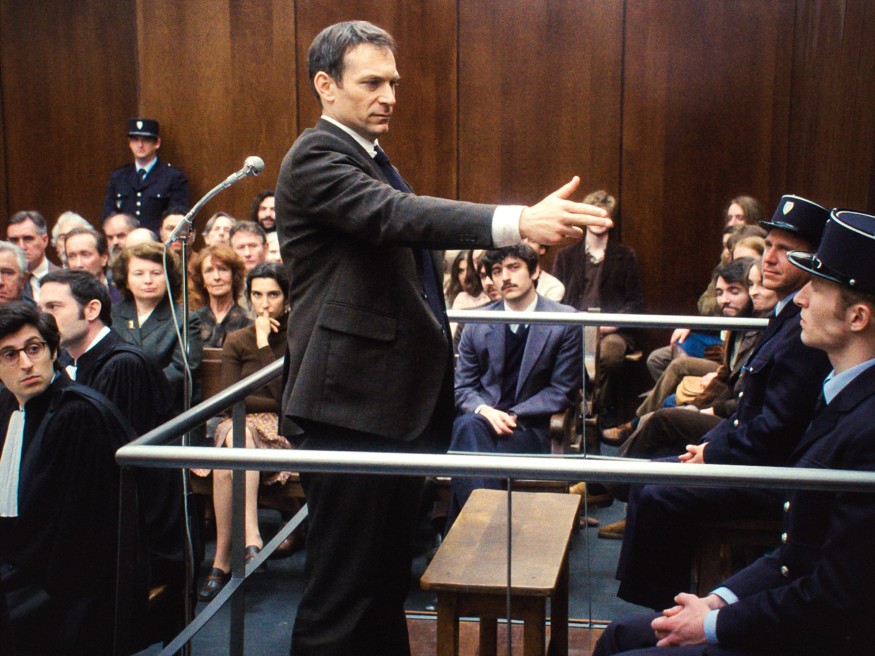
Cédric Kahn’s Le procès Goldman [The Goldman Case] is a sober film, almost without flesh and blood. Devoid of histrionics, it is a work of integrity. This basic integrity—the desire to reduce the “affair” to a single “trial,” from the depth of the event to its refraction within the four walls of the courtroom—finds its purified, formal expression in a squared-off image. The camera encloses faces, bodies, and words within the narrow confines of a quadrilateral. There are no exceptions to this technical choice—no reenactments, no flashbacks, no exteriority, just the Amiens Assize Court, its walls, its protagonists, and their words, sharp as weapons. We suffocate like the jurors, lacking air and light, immersed in the slightly gloomy, greenish chiaroscuro of the courtroom. Without any recourse to off-screen, we are simply subjected to the accelerated pace of the trenchant, clashing pleadings, the incoherent testimony, and the rage of Pierre Goldman. Having no proven skills as a movie critic, I’m only describing a setting. But I would like to evoke, in a Proustian way, what Cédric Kahn’s film plunged me into—i.e., the oceanic immensity of memories and impressions, images and traces—without neglecting the possibility of disguises and distortions on all sides. I reread Souvenirs obscurs d’un juif polonais né en France [Dim Memories of a Polish Jew Born in France], which I had not reopened since 1975.
Involuntary memory is erratic and forgetful. I don’t really remember the trial, but I do remember, as if it were yesterday, the announcement of Pierre Goldman’s assassination by a far-right commando while I was in the middle of an editorial meeting for Dialectiques, a long-defunct journal. We were all stunned. Goldman was a prominent figure throughout the far left and its broader fringe. Not always held in high esteem, he was undeniably admired, sometimes to the point of fascination. However, in these circles, his “adventurism”—to use one of those accusatory categories that Marxism-Leninism had forged for other, otherwise expeditious trials—condemned to “petty-bourgeois” containment and individual excesses, where, “objectively,” the class enemy would find its counterrevolutionary fodder. I have a precise memory of what Pierre Goldman’s words in Dim Memories and what his public, auratic presence, his intellectual elucidation of his deeds and misdeeds, provoked in many militants. We’d have to take a long, hard look back at those years when “the bottom of the air” was “red,” as the title of another film by Chris Marker put it.
For many young Jews at the time, revolutionary involvement in the Communist movement or its Trotskyite and Maoist successors was a surrogate identity, asserted without restraint and with a touch of provocation. The militancy of the far left deliberately stripped us of any Jewish identity, which it would have been incongruous to even name. By emancipating us from this identity, it made us equal to brothers of all the oppressed, proletarians of all countries, Arabs, Blacks, Vietnamese. I don’t think I ever uttered the name “Jew” in all that time, in all the debates, in all the incessant and fierce political confrontations, including about the Palestinians. Nor was it ever mentioned in front of me. It was known, as the family names attest, but it had no right to be mentioned. But that didn’t stop us “non-Jewish Jews” from feeling a sense of mitzvah, of duty done and justice done, during physical confrontations with extreme right-wing groups. This silent, unspoken, unspeakable Jewishness, this wretched “separate corner in my heart”, as Rosa Luxemburg put it, had no place in the great internationalist wave of solidarity with all the oppressed. No privileges were to be granted to the Jews since that would have been suspicious in our own eyes. This shared, unacknowledged silence, like a Marrano secret or an open secret, could occasionally cause embarrassment. I sometimes remember feeling a kind of shame, as if to hide without really hiding was tantamount to simulating or burying. The deliberate erasure of Judaism, which was considered inessential and unimportant, the ambiguous acquiescence to what was nevertheless emerging around us as antisemitism, latent and thought to be residual and negligible, or obvious and giving rise to perplexity and anxiety, left some wounds invisible. In any case, as revolutionary Jewish militants, we firmly believed that, as Trotsky once told Lenin, the truth of our commitment could not be Jewish because it was universal and globalized. This meant, at best, deconstructing our Judaism in the strictest sense, and, at worst, suppressing it, with the risk of drifting into Jewish nationalism of the worst kind. Contrary to Hannah Arendt’s apt maxim, when we were attacked as Jews, we responded not as Jews, but as revolutionaries, world citizens, or internationalists.
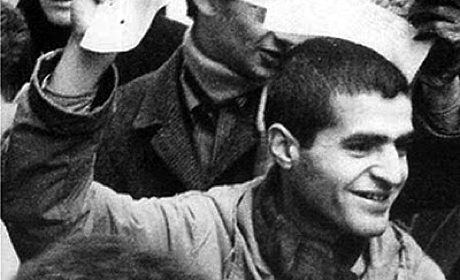
I recall all this, an atmosphere, a climate of that time, so different from today, in order to better recover something of the shock effect produced by the Goldman case, his cry, the words he chose, inscribing them in a certain Jewish heritage, like the lifting of a kind of schizophrenia. A revolutionary activist, engaged in the maquis of Latin America, in solidarity with the “black skins” of his Caribbean friends and lovers, capable of using firearms against the bourgeois state, an activist so close to our dreams, could therefore pronounce the word “Jew” without skinning his mouth. The power of his words rooted his struggle—our struggle—in the memory of the Jews of the Red Poster, of the MOI[1], of Rajman who resembled Rimbaud, of the fighters of the Warsaw Ghetto, on a par with the countless peoples of the great anti-imperialist cohort. In Dim Memories, Goldman even confesses his secret admiration for Israel, for putting into practice the revolutionary idea of a “people under arms.”
Today we have the benefit of hindsight and the terrible things it can reveal such as our total indifference at the time to the question of Goldman’s guilt or innocence in the murder of the pharmacists on Boulevard Richard Lenoir. We can thus tell ourselves that Goldman was nothing more than an “imaginary Jew,” in Finkielkraut’s sense, who came too late, condemned to a “life by proxy” (the title of a song by his brother Jean-Jacques)[2]. The idea and practice of a simple transitivity between the Jewish anti-Nazi resisters and the anti-racist, anti-capitalist struggles of the 60s and 70s is a period fiction, a quest for glory nourished by constant references to the Resistance. This topos has not disappeared. It has paved the way for the familiar devastations we know so well today, especially the disastrous equivalence between dictatorship and democracy, both related to different forms of class domination. In Dim Memories, Goldman rightly ridicules the old sixty-eighter slogan “CRS = SS” without realizing the contradiction in which he finds himself by asserting that the police are structurally and systemically racist and in the service of the bourgeois ruling class.
The pariah/parvenu polarity that Arendt mobilized to understand the historical situation of European Jewry seems particularly apt to capture what the figure of Pierre Goldman tells us today about those leftist years. The descriptive term pariah refers to the untouchable caste, the lowest in the traditional hierarchy of Indian society. Max Weber assigns to the untouchables the status of “host people,” living among a somewhat alien people from whom they are ritually and socially separated. By comparing the status of the Jews to that of the untouchables, Weber—and even more so Arendt when she borrows from him—emphasizes that the situation of the Jews in Europe has been unjust. And this injustice persists, despite civil rights, despite emancipation, despite legal equality. In the analysis of the modern Jewish condition, the notion of the pariah people seems to stand in the way of the theoretical dilemmas of assimilation, Zionism, communist commitment, or adherence to republican values, as we say today. Everything happens, or would happen, as if the Jews, pushed to their limits, had no final choice but to choose between two statuses—the one of the pariah, submissive and dominated, or, on the contrary, “conscious” of himself as such, as Arendt puts it; and the one of the parvenu, the Hofjude, the rich Jew who intercedes with the powerful on behalf of his pariah brothers, trying to win them over to their cause. When he challenges his lawyer, Goldman declares that he considers him a disgraceful “mundane Jew,” comparable to all the court Jews who preceded him. He thus asserted and saw himself as a conscious pariah, an authentic Jew, to use a Sartrean characterization, unlike most young Jewish leftists of the time, who were more or less ashamed of a particularity that threatened to encapsulate them in the acosmic identity of a closed group, cut off from the great revolutionary struggles of the world.
Pariah, imaginary Jew, (in)authentic Jew—we could add Rosenzweig’s dissimilation to this pile of determinations. Goldman has always asserted his refusal to assimilate with France, Poland, Israel, or any other nation, and has consistently brandished his radical “foreignness.” Rosenzweigian dissimilation is tied to the absolute dissidence of a Judaism conceived as extra-historical, extra-state, extra-Western, out of time, and out of place. Goldman’s dissimilation, on the other hand, is consciously associated with a revolutionary, Western “modern tradition” (J.L. Nancy[3]) which is part of a marginality that has its own history and letters of nobility, its heralds, and its quarters of an hour of glory. It is this assimilated dissimilation that makes Pierre Goldman an “imaginary” Jew, an outcast who has finally made it. In Dim Memories, when he recalls his gangsterism, his robberies, his life as a hoodlum, he discovers something profoundly inauthentic, a ” jeu disloqué où je brisais le centre de ma nature ** dislocated game in which I broke the center of my nature,” he writes.
One of the strong points of Cédric Kahn’s film is that it shows how the exercise of justice institutionally “dislocates” not only the “nature” of the accused but also “the truth.” Actually, all courtroom films could be called La vérité like H.G. Clouzot’s 1960 opus. The search for the truth, for “the truth of the facts,” as Goldman puts it, is constantly encountering obstacles and limitations, time, lost and regained, and unfaithful memory. This representation of a dislocated truth is also present in The Goldman Case, in figures such as the pariah and the parvenu, the dissimilated and the assimilated, Goldman and Kiejman, but also, in a different way, Pierre and Jean-Jacques, crossed destinies, similar and dissimilar, uncertain paths. Today, French Jews are an integral part of the nation and the Republic, but through a rather unexpected channel, namely French Islamism, they can be told “Go back to Tel Aviv!” I read somewhere that Goldman’s assertion that “Jews” and “Negroes” are “the same” anticipates what is known as the intersectionality of struggles. Perhaps, but this intersectionality, if it has taken hold, is now Judenrein. Jews are not part of it. On the contrary, for the contemporary far left, they are its preventers. Who among the representatives of this movement would march under a slogan like “We are all Jews!”
Just as the Judeo-German symbiosis was, in Scholem’s words, a one-way love affair, the Judeo-Revolutionary symbiosis that Pierre Goldman sought to embody with a weapon in his hand will have ended badly, like love affairs in general, as the song goes.
Gérard Bensussan
Gérard Bensussan is a philosopher and professor emeritus at the University of Strasbourg. He has worked on classical German philosophy and Jewish philosophy. He has published some twenty works.
Notes
| 1 | https://en.wikipedia.org/wiki/Affiche_Rouge |
| 2 | Alain Finkielkraut, Le Juif imaginaire, Seuil, 1983.[The Imaginary Jew, 1983, Nebraska Press] |
| 3 | Jean-Luc Nancy “modern tradition » in https://www.sas.upenn.edu/~cavitch/pdf-library/Nancy_Literary_Communism.pdf |

